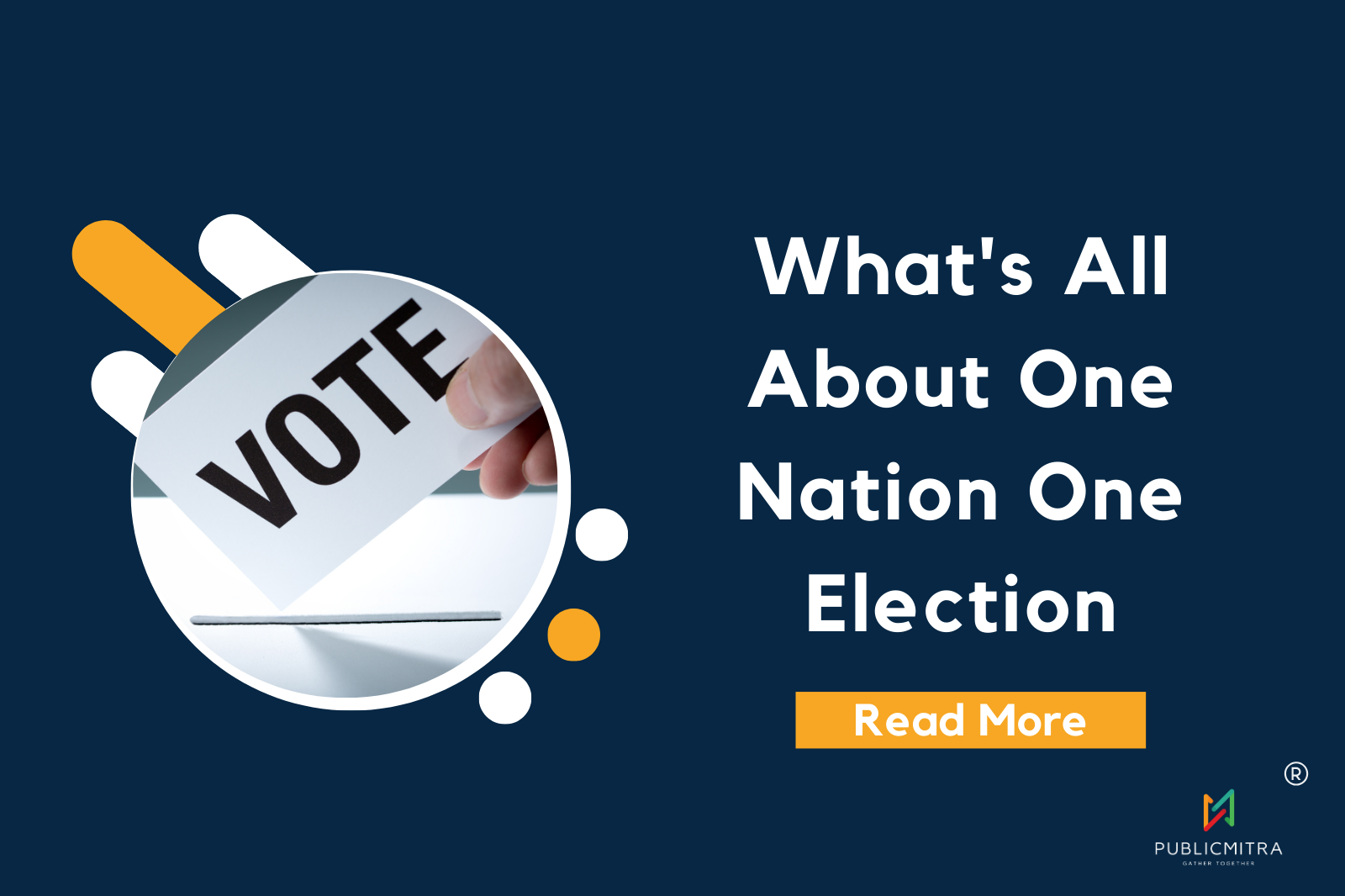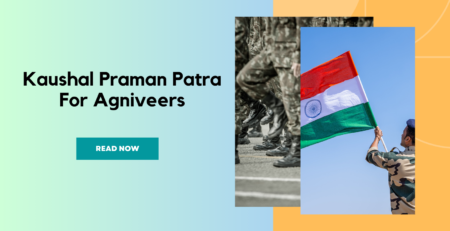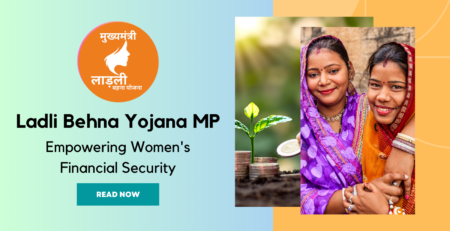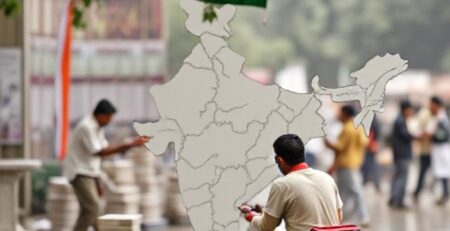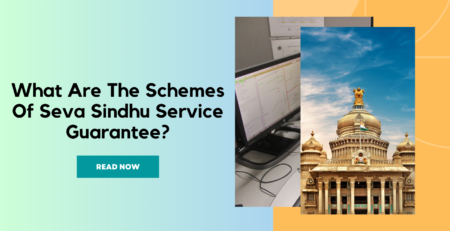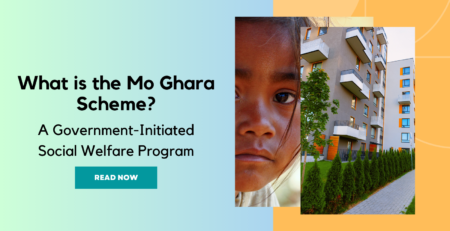What’s All About One Nation One Election
One Nation One Election was launched by the Central government and is meant to conduct elections for Lok Sabha and state assemblies simultaneously. This could reshape India’s electoral landscape and might bring a change in the political aspects.
What’s All About One Nation One Election?
One Nation One Election was launched and was headed by a panel of members and our former president Ram Nath Govind. This move was initiated to improve administrative efficiency, safeguard the money, increase the turnout of voters, and also to assure policy continuity.
The concept runs around the idea that elections will be conducted for the state assemblies and Lok Sabha simultaneously, which means the elections will take place at the same time voting will be done concurrently. But as of now the elections were taking place separately.
Key Features What’s All About One Nation One Election
Let’s discuss the key features of One Nation One Election.
● The elections that happened to the House of People and the legislative assembly were held simultaneously till 1967, then the cycle broke apart. Now that elections are held every year massive expenditure is spent by the government, electoral officers, and also the security forces. This also disrupted the work on the application of the prolonged Model Code of Conduct.
● The “one nation, one election” does not hold panchayat elections, municipality elections, or byelections.
● Apart from ex-President Kovind, the council constitutes Home Minister Amit Shah, former Leader of Opposition in Rajya Sabha Ghulam Nabi Azad, Senior Advocate Harish Salve, Congress leader Ahir Ranjan Chowdhury, former Finance Commission Chairman NK Singh, ex-Lok Sabha Secretary General Subhash C Kashyap, and retired Chief Vigilance Commissioner Sanjay Kothari.
● Concurrent elections for the Lok Sabha and the state assemblies were carried out till 1967. Yet, in 1968 and 1969 few legislative assemblies were disbanded prematurely followed by the nullification of the Lok Sabha in 1970.
● Polling is costly but organizing state assembly and Lok Sabha elections concurrently may decrease that cost.
● Likewise, concurrent elections may conserve duration and the government can acquire five stable years to concentrate on command rather than winning polls.
● To guarantee that a conditional government does not decline without a choice, the Law Commission suggested that a no-confidence gesture against an administration should be pursued by a confidence action so that if the Opposition doesn’t retain the numerals to form a choice government, the government in office cannot be withdrawn.
● Those who are against the One Nation One Election had diverse thoughts. Electronic voting machines (EVMs), which include a life span of 15 years, would merely be employed three times under the One Nation One Election proposal.
● To implement the recent election rules, there must be amendments to five articles in the Constitution and the Representation of the People Act (1951). This has to be agreed upon by every recognized state and national party for the change.
● No recommendation brought in a requirement for hung legislatures or the premature negation of governments.
● Citizens may end up voting on nationwide problems actually for state polls which would satisfy enormous national groups and marginalised provincial parties.
● Under this ordinance, a surge of one individual or one case may give uncontrolled strength to govern.
The One Nation One election agenda has both pros as well as cons discussions among the politicians and the political row brought into the world flashed everything since the Central government constituted a committee headed by ex-President Ram Nath Kovind to investigate the chance of ‘One Nation, One Election’. Opposition leaders have called for the One Nation One Election gimmick before the Lok Sabha elections in 2024.


